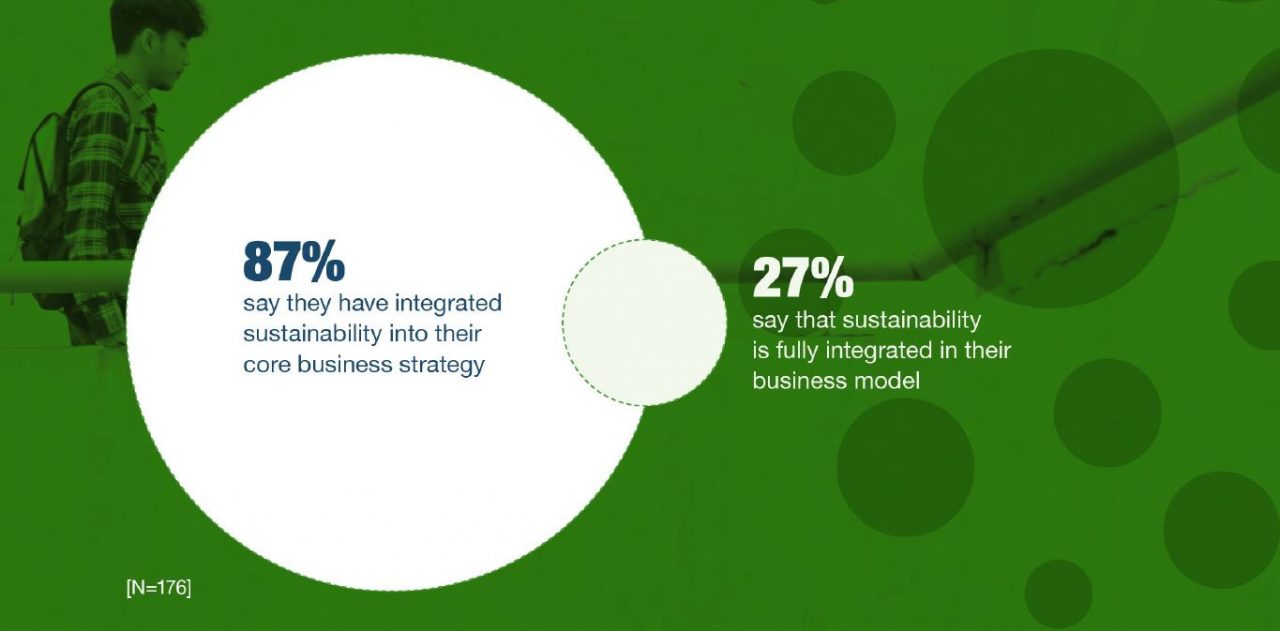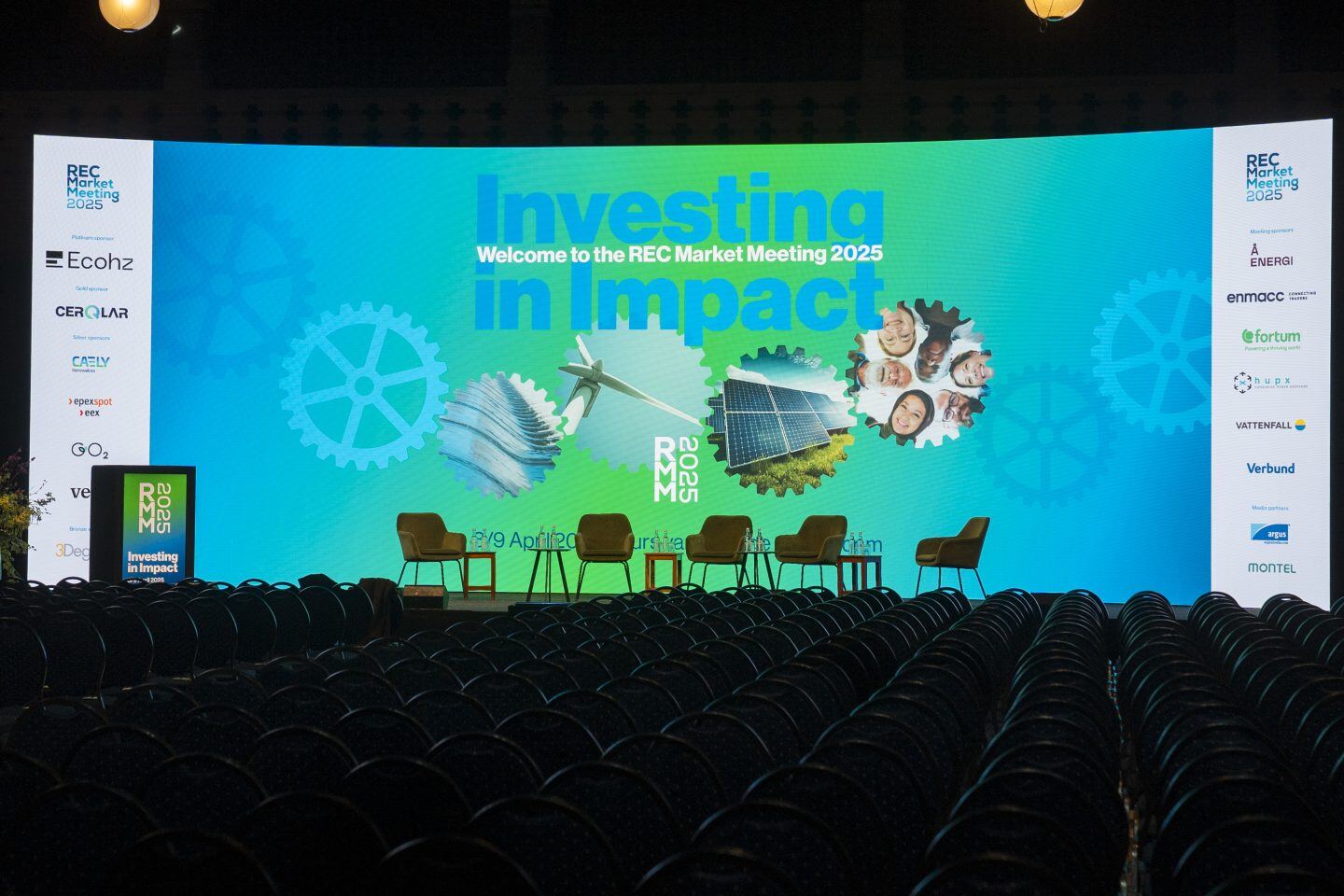I got inspired by Sustainability Hub Norway’s seminar and their market study of 176 Norwegian corporations. Their annual report (State of Sustainability Norway 2020) reveals that the corporations face a huge knowledge gap and lack a holistic approach to sustainability.
The report shows that the Norwegian corporations face vast pressure from international regulations, employees and customers. As many as 74% of the respondents believe that in the next 5-10 years, the pressure to focus on sustainability will primarily come from the customers.
A critical element in making an impact is the pressure on a company’s supply chain, thus I was delighted to see from the study that 4 out of 5 Norwegian companies already choose a supplier on the basis of their sustainability focus. A McKinsey market study (2016) found that the supply chain is “accounting for more than 80 percent of greenhouse-gas emissions and more than 90 percent of the impact on air, land, water, biodiversity, and geological resources.”
The market study is represented across various industries. Worth noting is that there are almost 590,810 (2020) companies in Norway, however, as much as 89,7% of the companies have less than 9 employees (SSB). There are about 250 companies with shares listed on the Oslo Stock Exchange, Oslo Axess and Merkur Market. Sustainability Hub Norway together with NHH and Leidar Norway have found a good representation for Norway in this year’s report.

To get an international perspective, an older (2017) market study from Unilever found that “a third of consumers are now buying from brands based on their social and environmental impact”. The study also establishes “that the trend for purpose-led purchasing is greater among consumers in emerging economies than in developed markets. While 53% of shoppers in the UK and 78% in the US say they feel better when they buy products that are sustainably produced, that number rises to 88% in India and 85% in both Brazil and Turkey.”
Unilever is “defining a Purpose which takes action to make the world a better place in a way that’s relevant to the brand, good for the society and meaningful to the people who choose their products.” Are you looking for inspiration? Take a look at Unilever’s four-point framework that supports them in capturing the value of sustainability.
How are you defining your company’s purpose with sustainability in mind?

This article is the introduction to a series of blogs with the intention to explore in more details the areas that represent sustainability:
- The articles will spend some time on several components of sustainability (carbon neutrality, renewable energy, UN’s SDGs which includes, but is not limited to human rights, gender equality, forestry, and marine life)
- Industry example (shipping industry)
- Reporting (making a valid claim, tracking, measuring, ensuring transparency, best practice, which reporting serves what purpose)
- Communication (goes hand in hand with reporting – company brand – reputational risk)
- Knowledge gap (which we see from market studies is one of the main obstacles)
- Sustainability strategy/implementation (management buy-in, integrating in business model and corporate culture, inspire to ownership internally and acting as a role model externally, attracting talented people and investors, utilizing technology)
- Financing sustainability (focus on sustainability creates additional value for internal and external stakeholders, ESG, green bonds)
- Technology (CleanTech, efficiency and tracking tools, reporting tools, knowledge platform – sharing is caring)
- Business results (KPIs, monitoring, measuring the value of sustainability)
Feel free to send comments about your concerns pertaining to your sustainability efforts.
I am part of the Ecohz team that are providing small and large companies with climate- and renewable energy solutions.


.png?width=3840&height=2560&name=Sun(1).png)

.png?width=3840&height=2560&name=Landscape_2(1).png)





